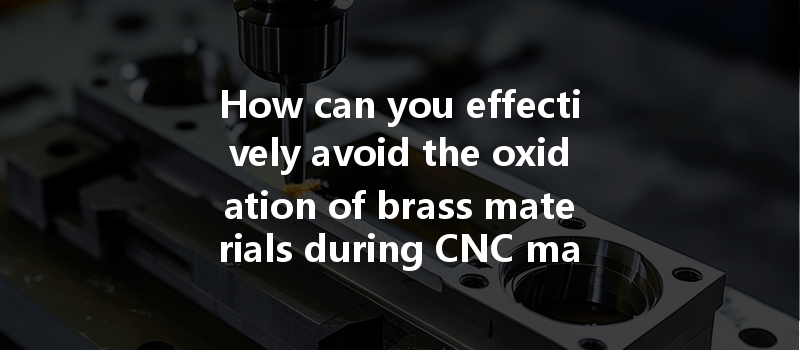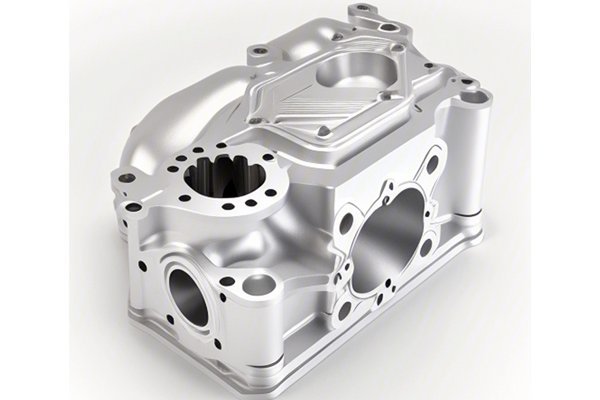When it comes to the world of manufacturing and machining, one often-overlooked aspect is the preservation of the materials being used. Did you know that brass is one of the most popular materials used in various applications due to its excellent machinability, corrosion resistance, and attractive appearance? However, when it comes to CNC machining processes, a significant concern is the oxidation of brass, which can lead to surface degradation and reduced quality.
In this comprehensive blog post, we will delve into the core aspects surrounding the oxidation of brass during CNC machining. We will explore what causes oxidation, share statistical analyses, offer practical solutions to mitigate the challenges associated with oxidation, and ultimately equip you with the knowledge to ensure the integrity of your brass components.
Understanding Brass and Its Properties
Before diving into oxidation, it’s essential to understand what brass is and why it’s widely utilized. Brass is an alloy primarily composed of copper and zinc. Depending on the proportions of each metal, brass can exhibit a variety of different properties, making it suitable for myriad applications, from valves and fittings to musical instruments.
Key Properties of Brass:
Despite these appealing properties, brass is susceptible to oxidation, which can compromise its structural and aesthetic qualities.
What Is Oxidation?
Oxidation is a chemical reaction where a material reacts with oxygen. It often leads to the formation of oxides that can detract from the material’s integrity and appearance. For brass, the formations of greenish-blue patinas or dull coatings indicate oxidation, which can weaken structural elements and ultimately lead to failure.
Causes of Brass Oxidation
The Impact of Brass Oxidation on CNC Machining
In CNC machining, the oxidation of brass leads to several challenges:
Statistical Considerations
According to a recent industry survey, nearly 30% of machinists reported that material oxidation significantly affected their production processes, leading to increased costs and extended lead times.
How to Effectively Avoid Oxidation of Brass in CNC Machining
The good news is that various strategies can effectively minimize or eliminate oxidation during CNC machining. Below are some detailed solutions to tackle this pressing issue:
Maintaining an optimal environment can play a crucial role in preventing brass oxidation:

Before machining, applying surface treatments can enhance brass’s resistance to oxidation:
Handling brass components correctly can also prevent oxidation:
Reducing the amount of time brass is exposed to the environment can help:
Inert gases, like argon or nitrogen, are another useful solution:
Specialized anti-oxidation agents can also be employed to prevent brass from oxidizing:
Keeping machinery in optimal condition ensures effective machining and prevents incidental exposure to oxidants:
After machining, treatment procedures can help preserve brass integrity:
In this blog, we covered the fundamental issue of brass oxidation during CNC machining and provided comprehensive strategies for effectively avoiding it. From environmental control and surface treatments to the use of inert gases and anti-oxidation agents, there’s a wide variety of approaches available to preserve the quality and integrity of brass components.
As we have seen, the impact of brass oxidation on machining processes can lead to significant challenges, including increased costs, reduced product quality, and inefficiencies. By implementing these strategies, manufacturers can ensure that they maintain a high standard in their machining processes and produce components that remain effective and visually appealing.
Ultimately, understanding the importance of preventing oxidation in brass not only benefits manufacturers in terms of quality and cost but also enhances their reputation in the competitive machining landscape. It’s worth your time to consider how these practices can be twofold—improving product quality while positively impacting the bottom line. Let’s commit to a future where oxidation no longer stands in the way of quality brass machining!






